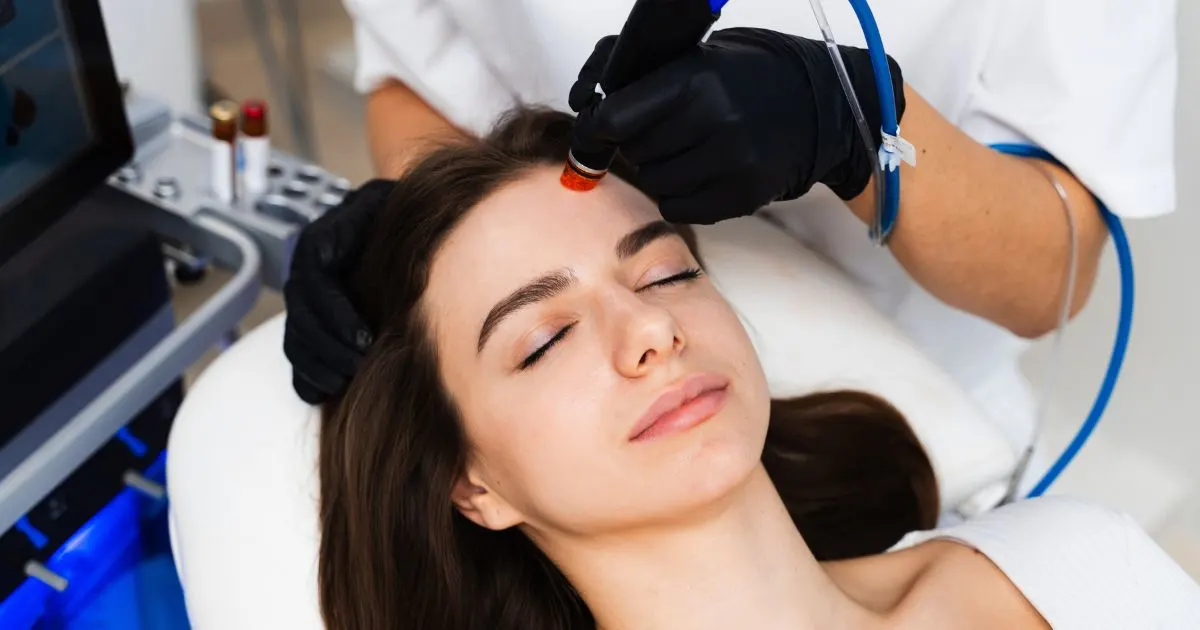Table of Contents
Neurotoxins, a group of compounds that target the nervous system, are increasingly popular in cosmetic treatments for reducing wrinkles and fine lines. These substances temporarily block nerve signals that cause muscles to contract, resulting in smoother skin surfaces. While “neurotoxins” might sound daunting, their application in aesthetic medicine is safe and controlled, leading to subtle enhancements rather than dramatic changes. Commonly known brands like Botox and Dysport each offer unique benefits and considerations.
Neurotoxins Overview
Neurotoxins are naturally occurring or synthetically produced substances that influence how nerves behave by interrupting the normal function of the nervous system. In the context of cosmetic treatments, these neurotoxins specifically target the nerve cells that control muscle contractions. When injected into specific facial muscles, neurotoxins block the release of acetylcholine, a neurotransmitter responsible for triggering muscle contractions. This blockage prevents the muscles from contracting and reduces the appearance of wrinkles that form due to repetitive movements, such as frowning or squinting.
While neurotoxins can come from various sources, those used in aesthetic medicine are purified and diluted to ensure safety and control over their effects. The treatment is localized, affecting only the treated area without impacting the muscle activity elsewhere in the body. This targeted approach allows practitioners to soften expression lines and wrinkles while maintaining a natural look, avoiding the “frozen” effect many fear.
The effects are also temporary, lasting several months before the nerve cells gradually restore their ability to release acetylcholine and muscle activity returns to normal. This temporary effect requires repeated treatments to maintain the skin’s smooth appearance.
Neurotoxins and Facial Rejuvenation
Neurotoxins have become a standard of non-surgical wrinkle reduction. They offer a versatile treatment option that caters to various age groups and skin types.
Beyond merely reducing existing wrinkles, these treatments can be strategically used to refine facial contours and lift certain areas that might sag or appear less firm due to aging. For instance, when applied to the forehead, neurotoxins can raise the eyebrows subtly, giving a more alert and youthful appearance. Similarly, injecting around the corners of the mouth or along the jawline can counteract the effects of gravity and muscle tension, providing a slight lift and a fresher look.
Treatments can be completed in a short office visit, typically 15 to 30 minutes, with minimal downtime or discomfort. This makes neurotoxin injections an attractive option for individuals seeking to diminish the signs of aging but who are unwilling or unable to undergo surgical procedures.
This flexibility in application makes neurotoxins highly customizable, a significant advantage over more static surgical options. Patients can work closely with their practitioners to target specific concerns and achieve a natural and rejuvenating look.
Botox vs. Dysport: Choosing the Right Neurotoxin
Choosing the right neurotoxin between Botox and Dysport is an important decision for those considering cosmetic treatments to reduce the appearance of wrinkles and fine lines. Both products are highly effective but have distinct differences that make one more suitable depending on the patient’s specific needs and goals.
Botox
The most widely known botulinum toxin, has a long-standing reputation for safety and effectiveness. It has been used for several decades not only for cosmetic purposes but also for medical treatments. Botox tends to have a very localized effect, which makes it ideal for treating smaller areas where precision is key, such as between the eyebrows, around the eyes for crow’s feet, or on the forehead. The effects of Botox generally start to appear within a few days after treatment, reaching full visibility in about two weeks, and can last about three to six months, depending on the individual.
Dysport
On the other hand, is known for its ability to spread more after injection, which can be particularly advantageous for treating larger areas or areas with denser muscles. This characteristic makes Dysport a preferred choice for some practitioners when tackling broader regions such as extensive forehead wrinkles. Patients often observe the onset of Dysport’s effects a bit quicker than with Botox, sometimes as soon as 1-2 days after injection, with full results visible within a week. However, like Botox, the effects last about three to six months.
When deciding between Botox and Dysport, several factors should be considered:
- Target Area: Botox may be preferred if precision is needed in a smaller, targeted area. Dysport could be more effective for broader areas that might benefit from a product that disperses slightly more.
- Desired Onset of Results: For those looking for quicker visible results, Dysport may be appealing due to its slightly faster action.
- Previous Experiences: If a patient has tried one product and found it either effective or lacking, this personal history can significantly influence the choice. Some individuals may respond better to one toxin than the other.
- Expert Consultation: It’s crucial to consult with a skilled injector who can assess facial muscle structure and recommend the appropriate product based on extensive experience.
Understanding the Neurotoxin Injection Process
During the procedure, the experience is relatively quick and straightforward. The skin area to be treated is usually cleaned and may be marked to guide the injections. A topical anesthetic or ice may be applied before the practitioner administers the neurotoxin using a fine needle to minimize discomfort. The injections are quick, often described as a series of small pinches or stings, and the entire session can be completed in as little as 10 to 30 minutes, depending on the areas treated.
Patients typically feel minimal pain during the procedure, and there is little to no downtime afterward, allowing them to return to their daily activities immediately. Some might experience mild redness, swelling, or bruising at the injection sites, but these side effects usually resolve within a few days.
The results of neurotoxin treatments are not immediate; it usually takes several days to a week for the neurotoxin to take effect. As the neurotoxin begins to work, patients notice gradually softening wrinkles and lines in the treated areas. The facial expressions become smoother and less pronounced, giving the skin a more youthful appearance.
Takeaway
Ready to explore the transformative effects of Botox or Dysport and achieve a smoother, more youthful appearance? At Afzal Clinics, our experienced team provides personalized cosmetic treatments that cater to your unique needs and aesthetic goals. Schedule an assessment today to discover which neurotoxin is right for you and take the first step toward enhancing your natural beauty. Contact Afzal Clinics now to begin your journey to a fresher, more vibrant you!






